10 Myths and Facts About Falls In Elders
My friends and I discussed about falls in elders when we met this weekend for pot lunch. Falls and their harmful consequences were very common in elders; we discussed various things about falls and the myths and facts about falls that we had read and gathered from different sources.
The myths and facts about falls in elders:
Myth #1: Some elders feel that it is no big deal to fall, as they immediately get up on falling.
Fact: Not necessarily, every 1 out of 3 falls of elders above the age of 65 is serious and end up in hip fractures and other serious injuries; a leading cause for death or disability that hinder their living independently.
Myth #2: Falls are just a part of aging and nothing can be done about it.
Fact: Though it is true that as we age our risk of falling increases due to failing eyesight, sense of balance, mobility, structure of bones and reflexes and medical conditions like stroke, diabetes and Parkinson’s disease, elders can do a lot to protect themselves from falling.
Myth #3: So long as I stay at home, I can avoid falling.
Fact: Most falls take place at home due to hazards like throw rugs, clutter, rough surfaces and poor lighting. Regular safety inspections are necessary, so also simple home modifications like grab bars in the bathroom, a second handrail on stairs, and non-slip paint on outdoor steps.
Myth #4: The best way to prevent falling again is to avoid physical activity.
Fact: Inactivity increases the risk of falls by decreasing one’s reserve of energy, muscle tone and alertness. You could avoid the cycle of inactivity by asking a health care provider all about a prevention exercise plan that would suit you.
Myth #5: Only balance exercises are used as effective measures to protect against falls.
Fact: No, four types of exercises work together to prove as an effective fall prevention exercise program. Aerobic exercises help improve cardiovascular fitness and bring more oxygen to the brain, while strengthening exercises help to build muscles. It is also necessary to do balance exercises because they help improve our sense of body placement. Flexibility exercises help by stretching the ligaments.
Myth #6: Muscle strength and flexibility, once lost, can never be regained.
Fact: Most of us lose 20 to 40 percent of our muscle tissue as we age and become less limber; however we can partially restore the strength and flexibility by exercise. Even if you have not exercised a lot during your whole life, beginning an exercise program now will benefit elders in many ways including protecting against falls.
Myth #7: To prevent against falls, exercise must be strenuous.
Fact: Not necessarily, even a little bit of moderate activity can make a marked difference in muscle strength; this is also true of gentle exercises like tai chi. Irrespective of his/her health status even elders can reap rich dividends with an individualized exercise program.

Myth #8: Risks of falls are decreased by medications.
Fact: It’s true that medications help treat conditions as arthritis, osteoporosis and low blood pressure that increase a person’s risk of falling. But these medicines side effects like dizziness, fatigue, confusion or weakness increase the risk of falling side effects of some medications can actually put us at greater risk of falling.
Myth #9: My family members or healthcare provider may slow me down if I fear falls.
Fact: Prevention of falls is a team effort; so it is best to discuss it with your doctor, family, and anyone else who is in a position to help. These people care about you and may want to reduce the risk.
Myth #10: If I am worried about the fall risk of a parent, spouse or other senior, I shouldn’t bring it up because it might hurt their feelings.
Fact: Caring for a loved elder is a caring act that helps elders maintain the highest degree of independence possible. We could act as a cheerleader for removing hazards in the home, and finding a fall protection program. Let your loved one know that you fully support this important goal
Image Courtesy: Google
Take the next step toward your goals
Share your requirement and find the best care providers in your area
-
Looking for a caretaker’s job? Build your profile and get in touch with families in your vicinity.
-
Discover nannies, babysitters, cooks, housekeepers, pet sitters, and elder care under one roof.
-
Get all the support you need to run a successful care center.
-
Search for appropriate centers near you depending on your needs.
Care Corner Insights: Blog Library
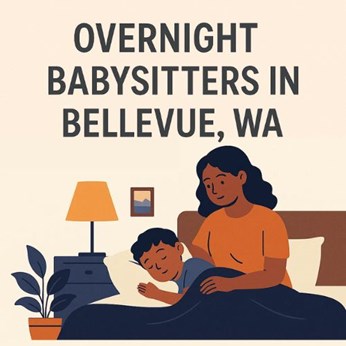
Overnight Babysitters in Bellevue, WA for Business-Travelling NRI Parents: Safety & Policies
For many NRI parents living in Bellevue, WA, frequent business trips are a reality. While traveling, one of the biggest concerns is ensuring your children are safe, cared for, and emotionally supported during overnight stays. Overnight babysitters ca

Indian Home-Style Cooks in Queens, NY: Tiffin-Style Weekly Meal Prep from Your Kitchen
Queens, NY, is home to one of the most diverse food cultures in the country, and Indian cuisine holds a special place among families looking for authentic, comforting meals. While restaurant takeout is convenient, nothing compares to the taste and nu

Baby Sleep Problems: What is Sleep Regression and How to Handle It
If you’re a parent, you know that baby sleep is one of the greatest mysteries of life. One day your little one is snoozing like an angel, and the next day they’re suddenly waking up every hour, fussing, or refusing to nap. Before you panic, there’s a
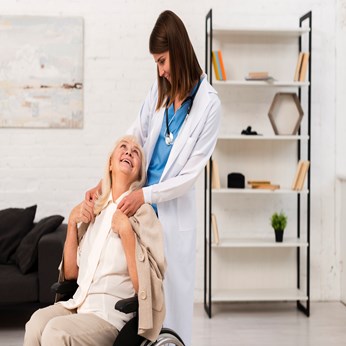
What is Validation Therapy? A New Approach to Dementia Care
Caring for loved ones with dementia is one of the most emotionally challenging journeys a family can face. Traditional methods often focus on correcting memory lapses or redirecting confused thoughts—but that can sometimes lead to frustration, stress
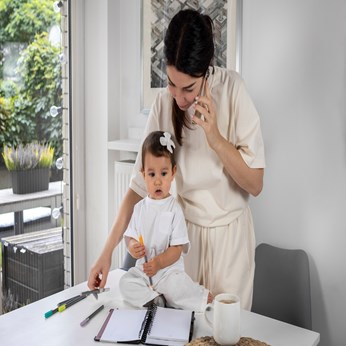
What is a Part-Time Nanny and Do You Need One
Parenting is a beautiful journey, but let’s be honest—it can also be exhausting! Between work deadlines, household chores, and family responsibilities, sometimes there just aren’t enough hours in a day. That’s where part-time nannies step in, offerin
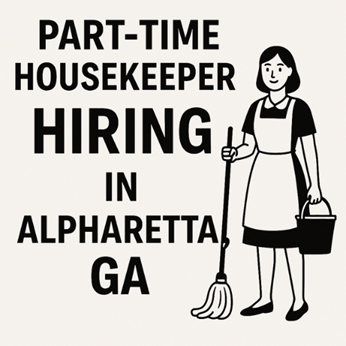
Part-Time Housekeeper Hiring in Alpharetta, GA: Weekly Schedules, Pricing, and Must-Do Tasks
Keeping a home spotless while balancing work, family, and personal commitments can be overwhelming. For families and professionals in Alpharetta, GA, hiring a part-time housekeeper is one of the most practical solutions. Whether you need help once a

Affordable Daycares in Irving, TX with Indian Menu Options: Parent Reviews & Enrollment Tips
Finding the right daycare for your little one is never an easy decision—especially if you’re looking for one that fits your budget and offers familiar food options like an Indian-inspired menu. For parents in Irving, TX, the good news is that several

Can Babies Sleep on Their Side? Tips for Safe Baby Sleep
When it comes to newborns, every parent worries about the smallest details—how they sleep, what they wear, even which way they turn their tiny heads. One common question that pops up is: “Can babies sleep on their side?” The short answer? Not recom
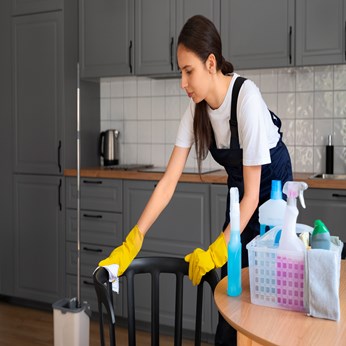
8 Benefits of Hiring a House Cleaner for Your Home
Let’s be honest — keeping a home sparkling clean while juggling work, family, and daily life can feel like a full-time job in itself. That’s where professional house cleaners step in, turning the chaos into calm. If you’ve been debating whether to br

How to Care for a Gassy Baby? What’s Normal and what’s not – Expert Advice
If you’re a new parent navigating the world of burps, bubbles, and baby fussiness—welcome to the club! Gas in babies is incredibly common, especially in the first few months. But how do you know what’s normal and when it’s time to call in expert help